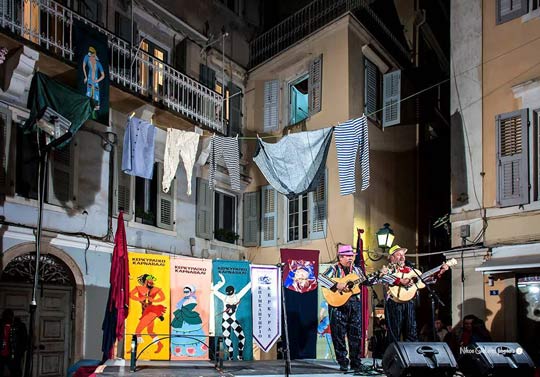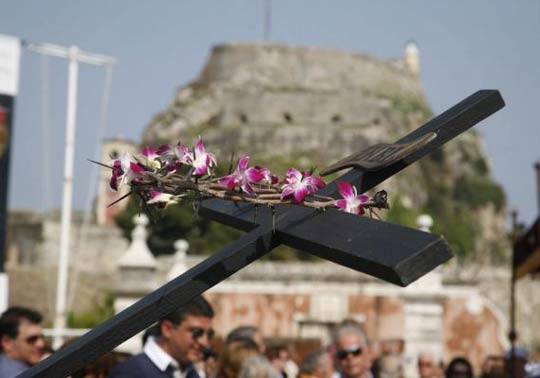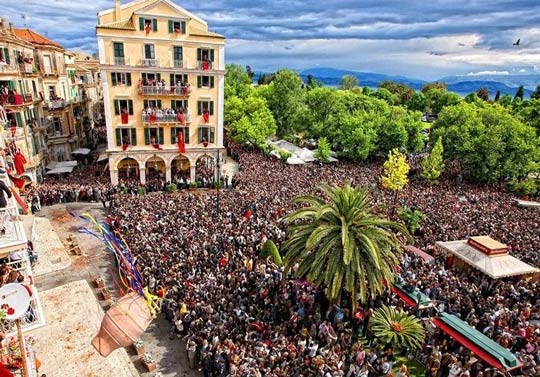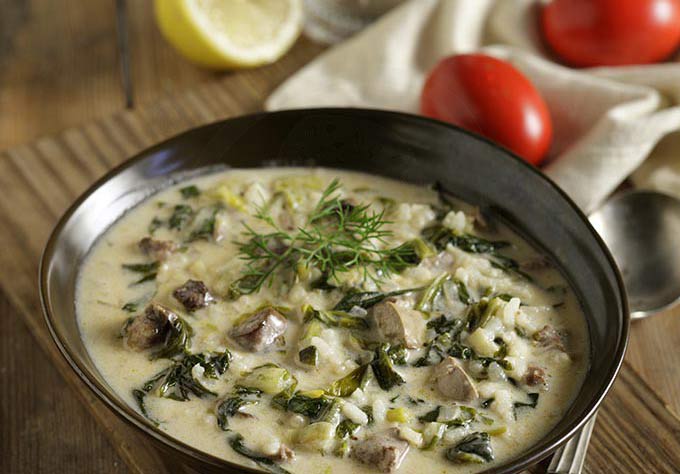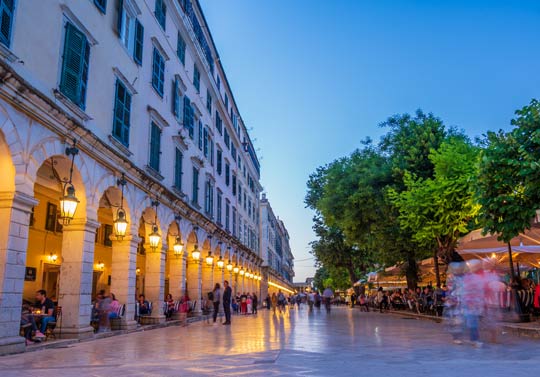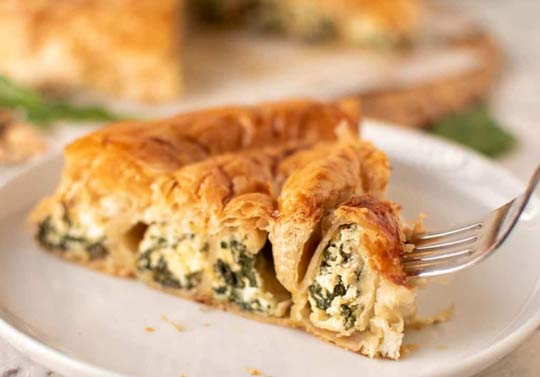January 1st: New Year’s Day
January 6th: Epiphany
February 11th: Vlassios, the holy martyr and Theodora Augusta
The decapitated Holy relic of Saint Theodora is kept in a casket at the Metropolitan church in Corfu Town . The procession of the Holy relic of Saint Theodora happens the first Sunday of the Lent of the Orthodox religion every year. Saint Theodora was empress and wife of the emperor of the Byzantine, Theofilos. She lived during the difficult years of iconoclasm. Her husband, Theofilos, was one of the vicious iconoclasts and opposed to Saint Theodora’s faith regarding the icons of the Orthodox Church.
The same day, the church gives to the religious people a little piece of watermelon in remembrance of a miracle of Saint Vlassios, who cured the children of Corfu by a disease.
February – March (date varies): Carnival
March – April (date varies): Clean Monday
The next day after the last Sunday of Carnival is the beginning of the Lent. All the Corfiots have picnics in the countryside of Corfu , with Lenten foods such as taramosalata, octopus, calamari, flatbread (bannock) and a lot of wine. There is also the kite flying, which you can see all over the sky of Corfu .
March 25th: Greek Independence Day of 1821
Easter (date varies): Easter in Corfu is one of the most fascinating in the whole of Greece.
May 1st: Mayday
May 21st: Anniversary of the Union of the Ionian Islands with Greece
Saint Constantine and Helen celebration day
Summer period: Sound and Light Performances
Events with sounds and lights in Corfu Town during the summer.
August (date varies): Varcarola
August 11th: Celebration of the saving intervetion of Saint Spyridon during the Turkish invasion. In 1716, when the Turks tried to besiege Corfu, a terrible storm broke out and the Turks pulled out of the island.
August 15th: Assumption of the Virgin Mary
Festivals in many villages such as Kassiopi, Doukades, Episkepsi, Nymphes, Spartilas etc.
October 28th: Defiance of the Italian Invasion of 1940 – Ochi Day
September
Cultural events: concerts by Philharmonic Orchestras, choirs, and artistic, theatrical and dancing performances.
1st Sunday of November: Celebration of the miracle of Saint Spyridon, who saved the people of Corfu by a deadly disease.
December 12th: Saint Spyridon Celebration day
Saint Spyridon was born in Tremithous of Cyprus in 270 AC. He was a shepherd. He married and had a daughter by the name Irini. After his wife died, he became a monk. He was persecuted and He worked as a convicted in mines. Afterwards He was appointed as Bishop of Tremithous of Cyprus. He participated in the Ecumenical Synod in 325 in Nice of Vithinia, where the heretical Arios was convicted. He died on the 12 th of December 350 AC. In 648 AC, the Holy relic was transferred to Constantinople in the church of Saints Apostles. In 1453, after the fall of Constantinople, the priest Georgios Kalohairetis transferred the Holy relics of Saint Spyridon and Saint Theodora to Paramythia and then to Corfu.
December 25th: Christmas

